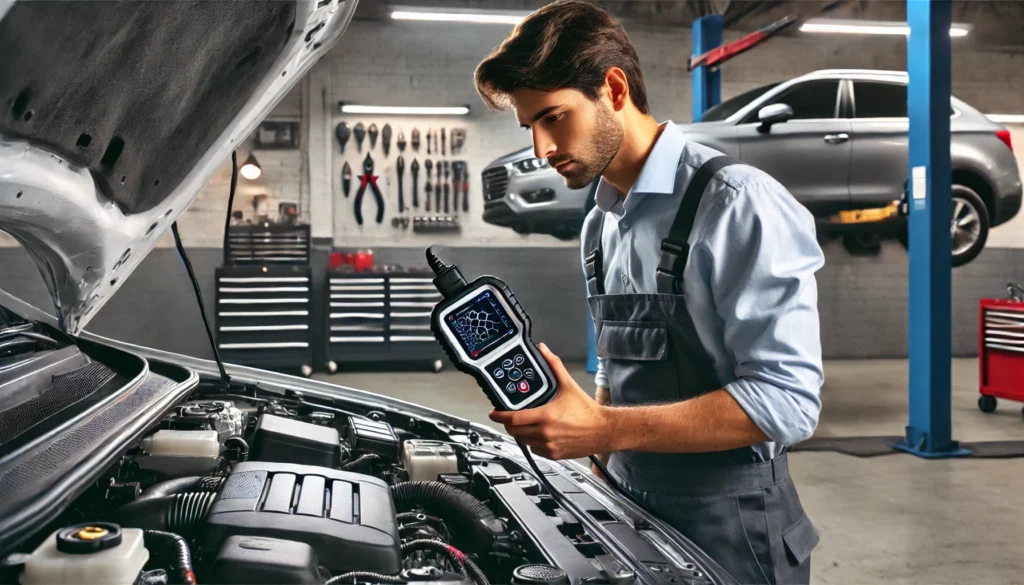Vehicle diagnostics have become an integral part of modern car maintenance. With the advancement of technology, cars have evolved into complex machines filled with electronic systems and sensors. These components monitor the vehicle’s performance, ensuring everything operates smoothly. When a problem arises, the vehicle’s computer system triggers a warning light on the dashboard, indicating the need for diagnostics. But what exactly does this process involve, and why is it so important?
What is Vehicle Diagnostics?
Vehicle diagnostics refer to the process of examining a car’s electronic systems to identify issues affecting its performance. Mechanics use specialized diagnostic tools to access the car’s computer system, which stores error codes. These codes indicate malfunctions in various components, such as the engine, transmission, exhaust system, or brakes. By interpreting these codes, technicians can pinpoint the problem and determine the necessary repairs.
Importance of Regular Diagnostics
Regular vehicle diagnostics help detect issues early before they escalate into costly repairs. For instance, a minor engine misfire could be caused by a faulty spark plug, but if ignored, it may lead to serious engine damage. Diagnostics also ensure the vehicle operates efficiently, contributing to better fuel economy and reduced emissions.
How the Diagnostic Process Works
During a diagnostic test, a mechanic connects a scanner to the car’s onboard diagnostics (OBD) port. This device communicates with the vehicle’s computer, retrieving error codes and data related to engine performance, fuel efficiency, and emissions. The technician then analyzes this information to identify any underlying issues.
Common Problems Detected by Diagnostics
- Engine Performance Issues: Misfires, poor fuel economy, and starting problems.
- Transmission Faults: Difficulty shifting gears or transmission slipping.
- Exhaust System Problems: Increased emissions or unusual noises.
- Brake System Malfunctions: ABS warning lights or reduced braking power.
The Role of Professional Technicians
While some DIY diagnostic tools are available, professional technicians have the expertise and advanced equipment needed to accurately interpret error codes. They also perform physical inspections to confirm the diagnosis, ensuring a comprehensive understanding of the issue.
Conclusion: Protect Your Investment
Regular vehicle diagnostics protect your investment by maintaining optimal performance and preventing expensive repairs. If your dashboard warning light is on, don’t ignore it. Schedule a diagnostic check to ensure your car remains safe and reliable.

